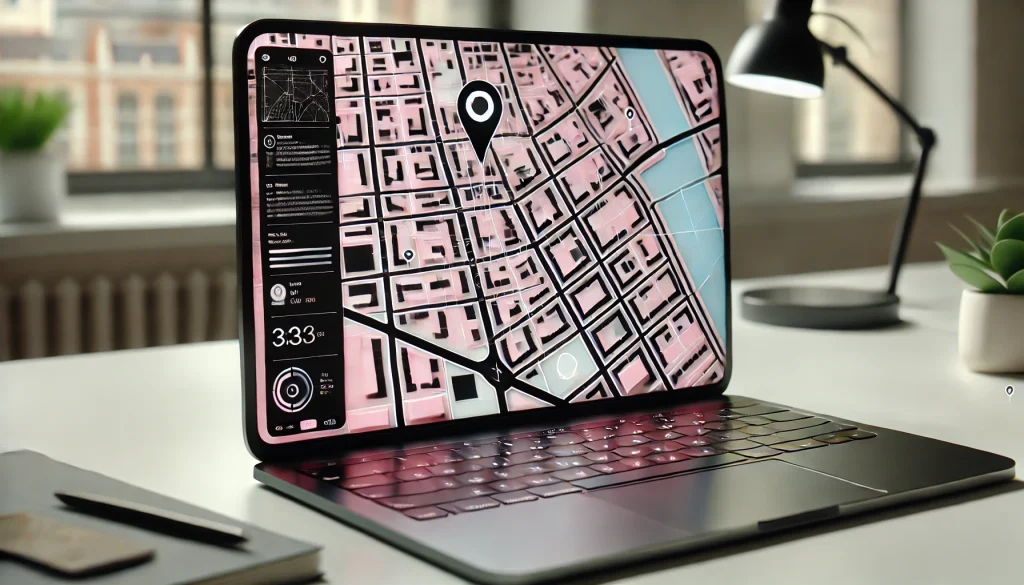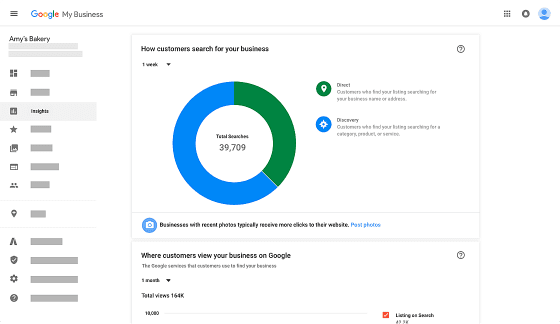| As a medical practice owner or legal firm partner, you understand the importance of being easily found by potential clients.
To achieve this, your business needs to be accurately represented on Google Maps, ensuring that when people search for relevant services, your practice or firm appears with the correct information. Our Process to Get Your Business on Google MapsTo help your business be discovered, we handle the entire process of getting you listed on Google Business Profile and Google Maps. 1- Google Business Profile Registration: We start by searching for your business on Google. If it appears, we’ll check if it’s already claimed. If not, we will claim it for you. If it’s claimed by someone else, we’ll manage the process of requesting ownership or manager rights. 2- Adding Your Business to Google: If your business isn’t listed, we’ll add it using accurate and up-to-date information. This includes your name, address, business category, and other essential details. 3- Verification: Verification is crucial to ensure that your business information is genuine. We will manage this process, whether it’s through postcard, phone, email, or instant verification. We handle the complexities, so you don’t have to worry about delays or issues. |
4- Optimising Your Listing: Once your business is verified, we enhance your listing by adding comprehensive details. This includes updating your business hours, adding posts, uploading high-quality photos, and providing any other information that potential clients might need.
5-Insights and Analytics: Google My Business offers valuable insights on how customers find and interact with your listing. We monitor these insights to continually optimise your profile, ensuring you stay ahead of competitors. If your business isn’t standing out on Google Maps, reach out to us for a complimentary SEO audit and consultation. Let us help you improve your visibility and attract more clients. Why wait? Let’s get started today. |
So, is SEO Harmful to Rankings then?No, SEO can improve traffic, but it must be done carefully. For example, changing a page’s title tag to include a keyword can sometimes lower its ranking if the title becomes too artificial or doesn’t match what users expect. If visitors quickly leave the page, the ranking drops. Additional SEO Split Testing InsightsOther SEO split testing cases studied included structured data, internal linking, and meta descriptions. Small tweaks can have significant benefits, but testing is essential to avoid negative impacts. |
Key Assumptions Tested
|
Recap
Key TakeawayData-driven decisions are better than opinions in SEO. Testing and user engagement are essential for improving rankings. |
Want to see how your site could improve?Contact us for a complimentary SEO audit and consultation so we can surprise you with our insights and recommendations. |
|

